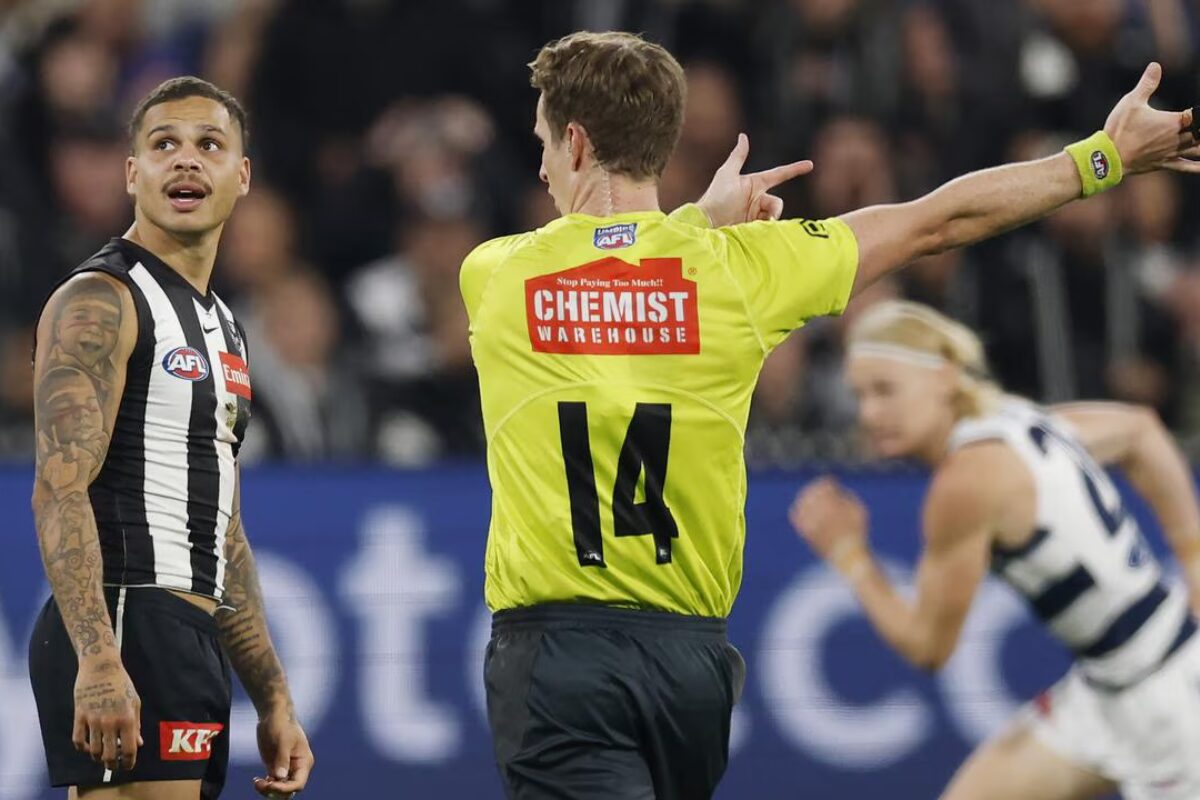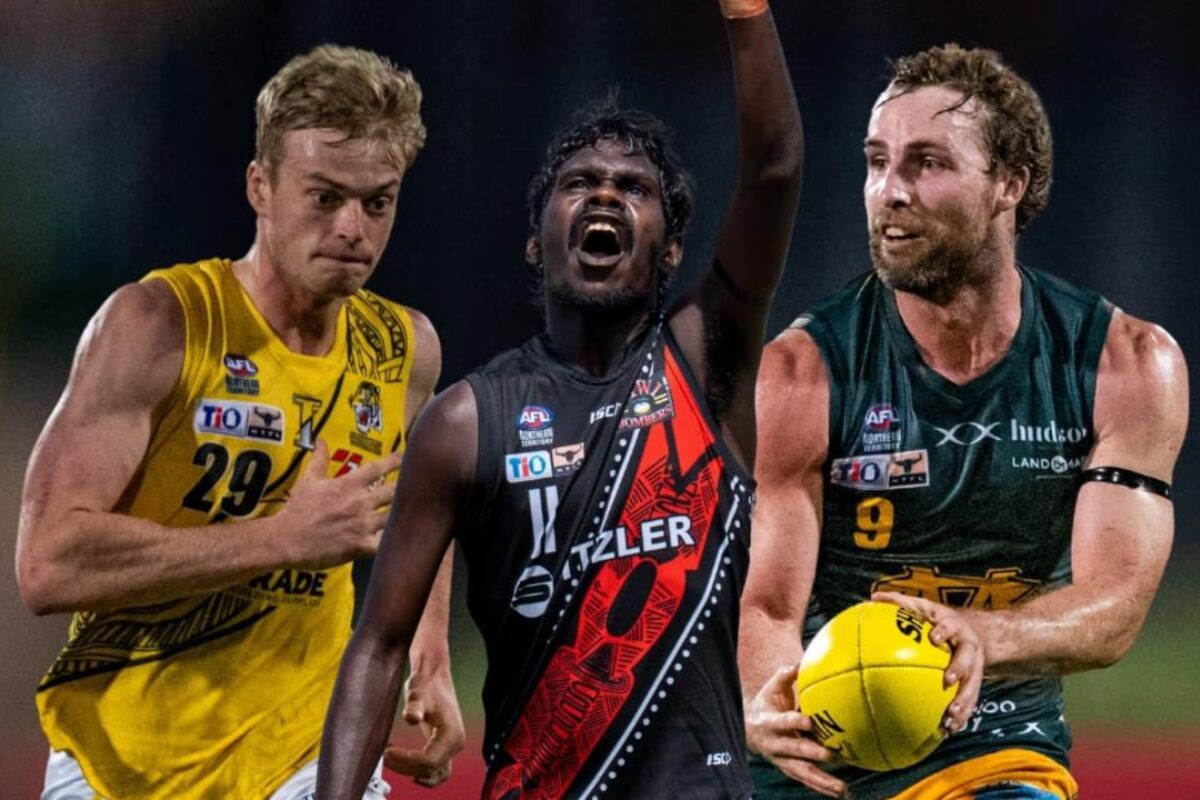When professional athletes retire, many expect a calmer, more private life. However, the reality can be very different. For some, the pursuit of physical perfection, social-media fame, and post-sport reinvention brings unexpected risks. In the case of Rhys Mathieson, his post-AFL bodybuilding journey eventually collided with anti-doping regulations. As a result, his story stands as a cautionary tale about blurred boundaries between professional sport and personal transformation (AFL former player banned).
Transition from AFL to bodybuilding (AFL former player banned)
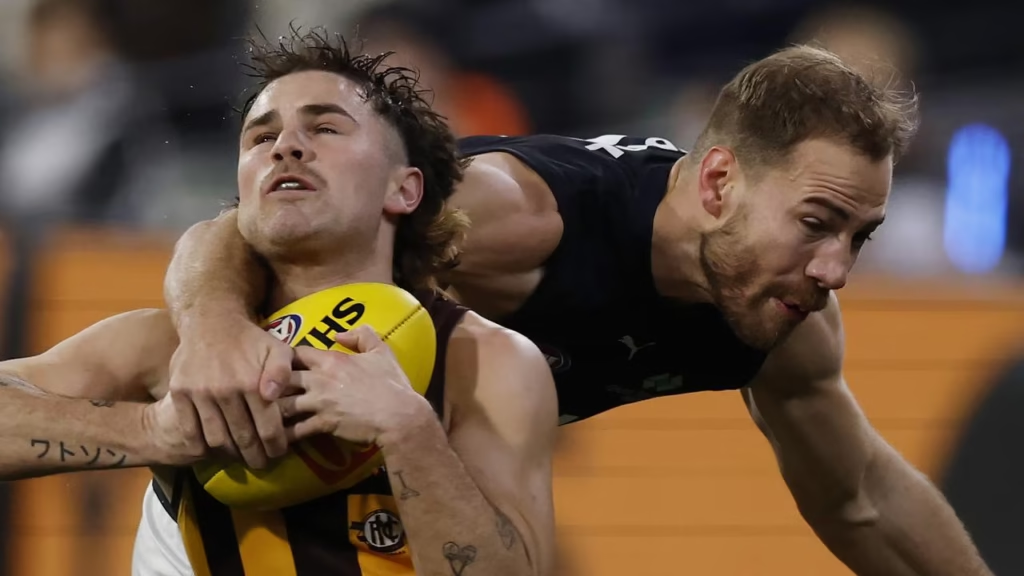
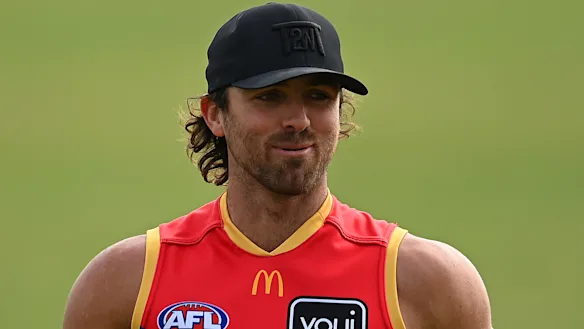
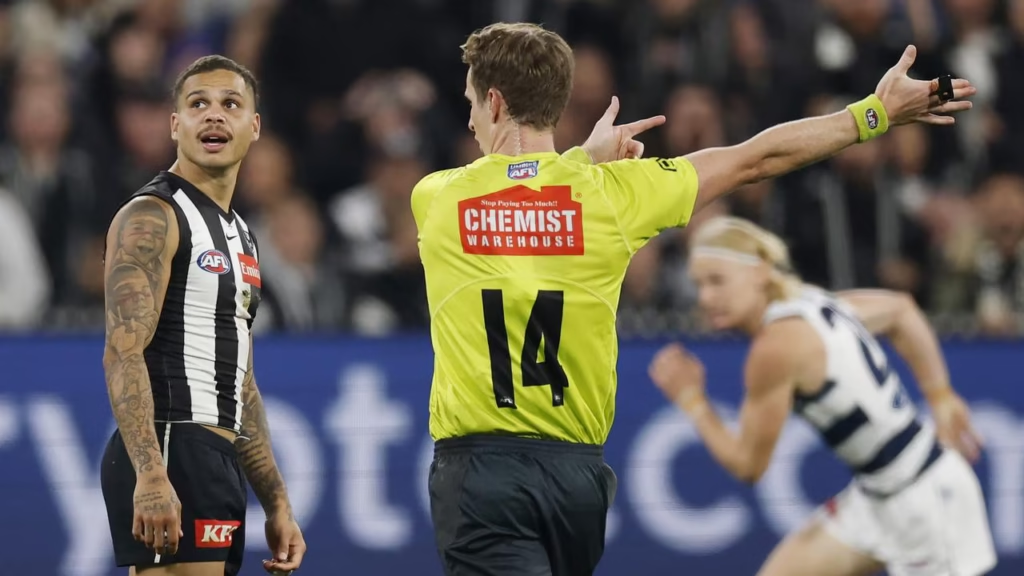
After leaving the Brisbane Lions at the end of 2023, Mathieson began a new chapter focused on bodybuilding and content creation. At first, the shift seemed harmless — he documented his progress, shared fitness routines, and inspired others online.
However, as months passed, followers noticed a dramatic change. Mathieson gained around 10 kilograms of muscle, which quickly drew both admiration and curiosity. While many applauded his dedication, others began to question the pace of his transformation. Consequently, what started as a motivational journey soon attracted doping scrutiny, especially once he returned to play at the QAFL level. Therefore, his fitness comeback became more complicated than expected, bridging the worlds of community sport and elite regulations.
The overlap of retirement and doping jurisdiction – AFL former player banned

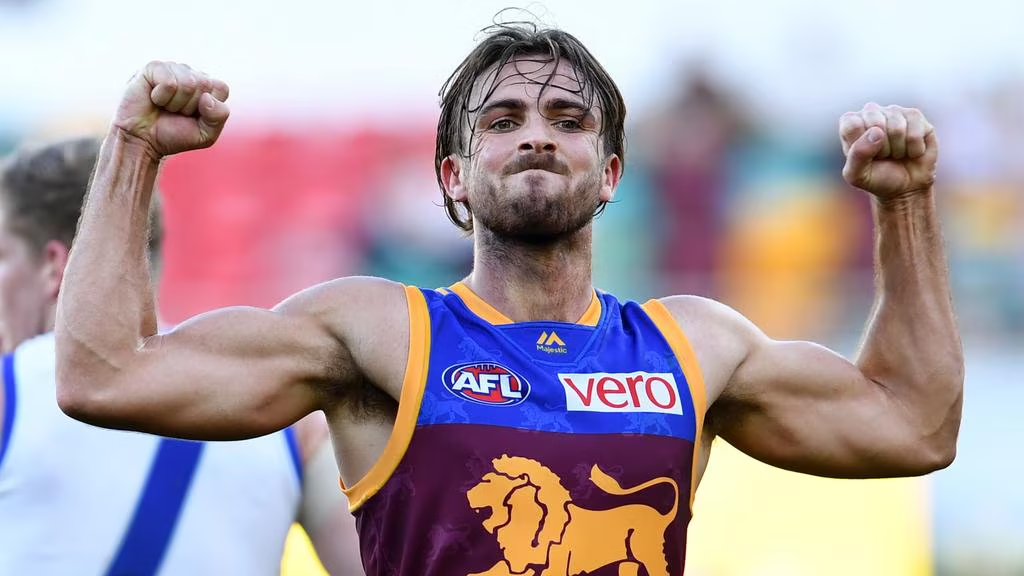
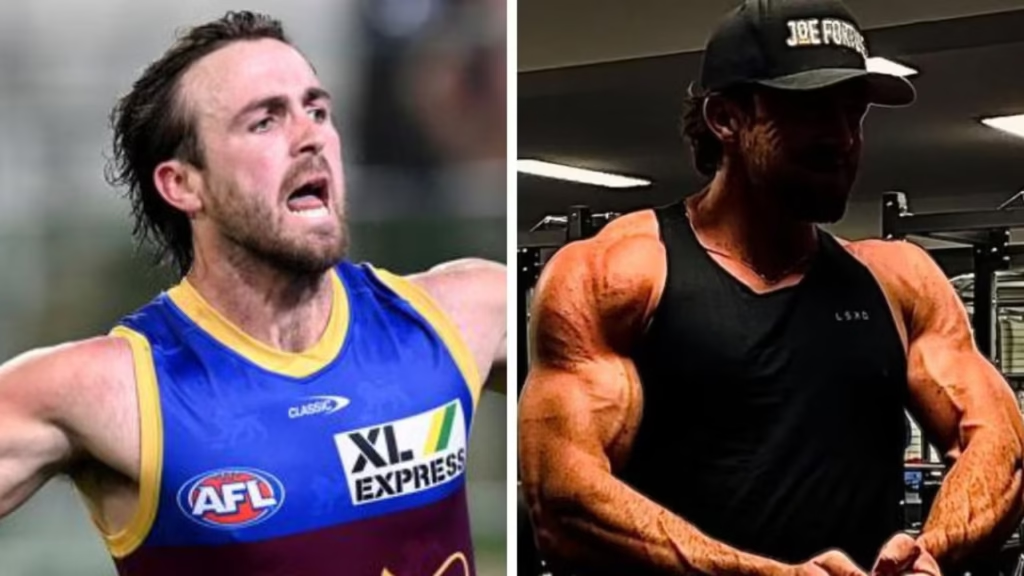
Many athletes assume that retirement frees them from the reach of sports governance. Yet under AFL and WADA regulations, jurisdiction can extend beyond professional contracts.
In Mathieson’s case, although he had retired from the AFL, he still competed in an officially sanctioned lower-league competition. As a result, he remained within anti-doping coverage. Therefore, when he was tested during a QAFL match, the sample fell squarely under the existing code. This overlap often surprises former players. Even though they no longer wear the AFL jumper, their participation in regulated leagues still triggers testing rights and sanctions.
Social media, physique changes and unintended consequences
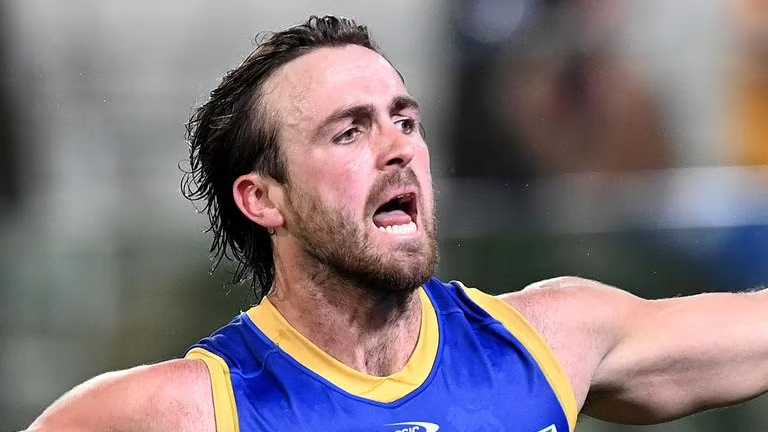
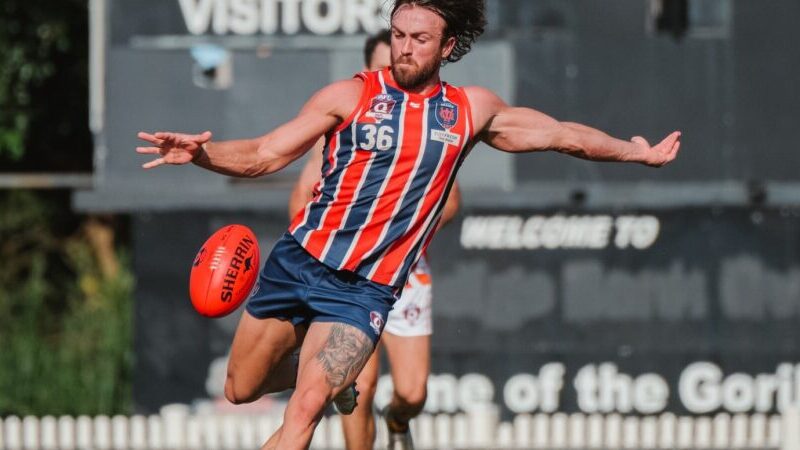
While social media offers athletes a second career, it also increases visibility. In Mathieson’s situation, his rapid muscle growth and regular gym updates likely intensified attention from fans and officials alike. Moreover, public posts can unintentionally signal red flags to regulators, especially when transformation appears extreme. Consequently, online popularity can invite oversight rather than admiration.
Additionally, social platforms amplify accountability. Every image, caption, or progress photo builds a narrative — and in Mathieson’s case, that narrative quickly collided with reality when test results revealed a banned substance.
The regulatory grey area : AFL former player banned
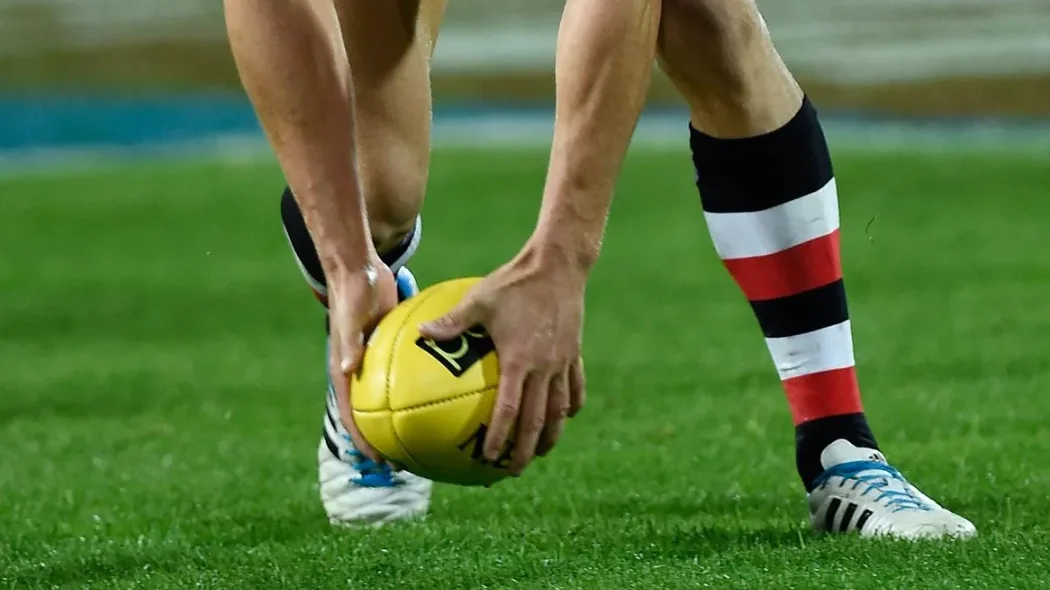
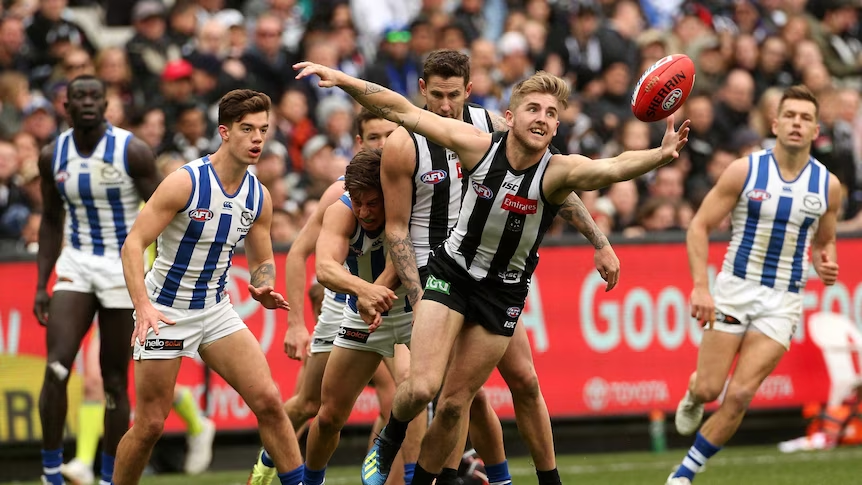
Even though Mathieson was no longer on an AFL list, he still played under competitions linked to the AFL framework. Because of this, the same anti-doping standards applied. Many lower-league athletes misunderstand this link. However, AFL-affiliated leagues remain part of the national integrity system, meaning all registered players can be tested at any time.
Therefore, the idea of “off-season freedom” or “retired immunity” simply doesn’t exist. While the competitive stakes might seem smaller, the governance remains equally strict. This grey area underscores why education on doping obligations should extend to community and semi-professional levels, not just elite ones.
Lessons for ex-athletes and clubs supporting them
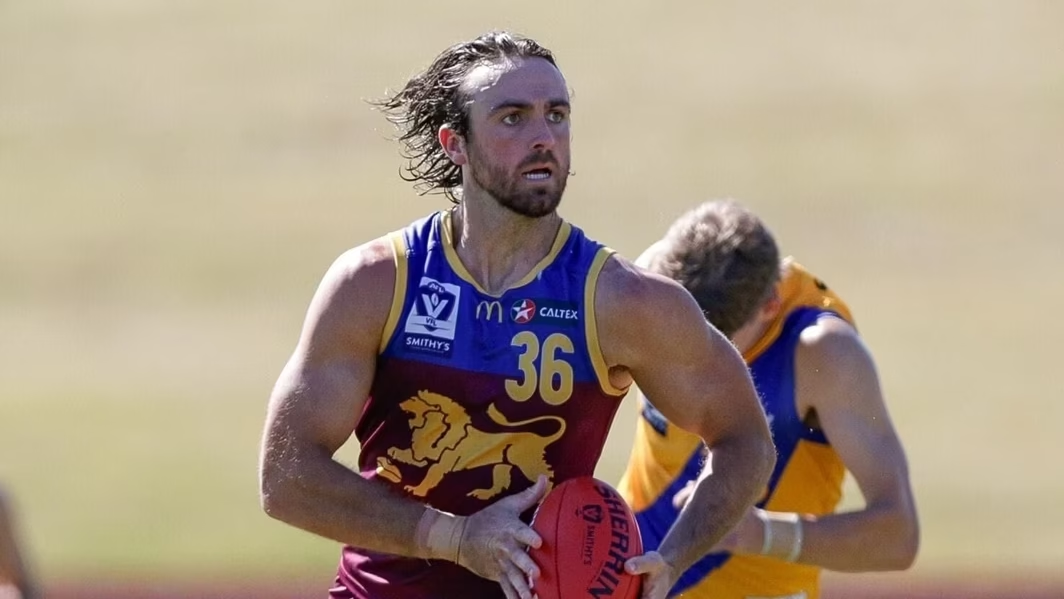

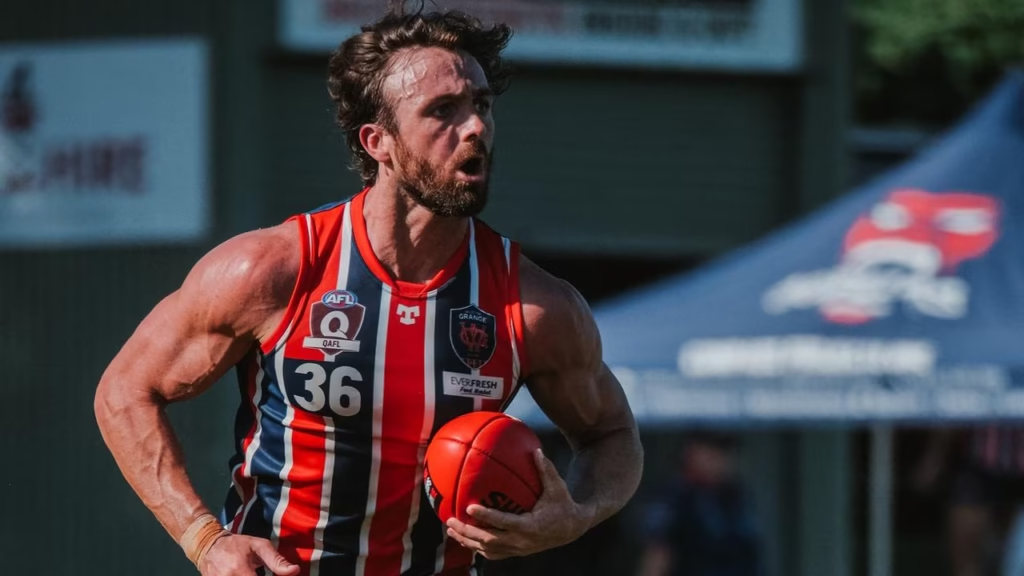
Clubs and sporting bodies have a crucial role to play. Transitioning athletes need clear education on their ongoing obligations. While support programs often focus on mental health or career planning, doping awareness tends to be overlooked.
Furthermore, ex-players entering fitness, coaching, or influencer roles should be guided on what substances remain prohibited — even outside formal competition. Consequently, greater transparency could prevent similar cases. For Mathieson, the experience may redefine how post-AFL careers are perceived. His journey shows that visibility and compliance must coexist, especially in an era where every gym selfie reaches thousands of followers.
AFL former player banned – Transition and Risk Points
| Phase | Activity | Risk Factor |
|---|---|---|
| Retired from AFL (end 2023) News.com.au | Bodybuilding + social-media transformation (+10 kg) News.com.au | Attracts doping scrutiny |
| Playing at QAFL level (2024) Fox Sports | Semi-professional competition | Still bound by anti-doping rules |
The line between “off-field hobby” and “professional sporting jurisdiction” is thinner than many realise. While Mathieson’s transformation was personal, his participation in sanctioned sport kept him accountable. Therefore, for athletes-turned-influencers, the message is clear: visibility comes with responsibility. As social media and sport continue to overlap, awareness of ongoing obligations will be essential. Ultimately, the case reinforces a simple truth — retirement doesn’t erase accountability; it merely changes how it looks.

